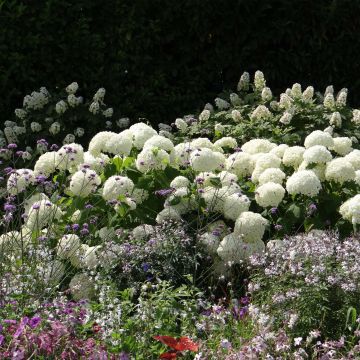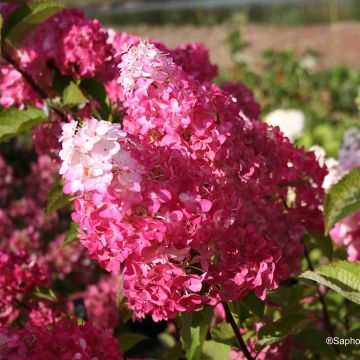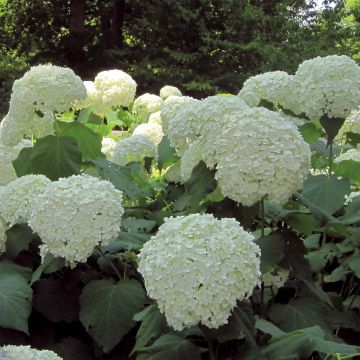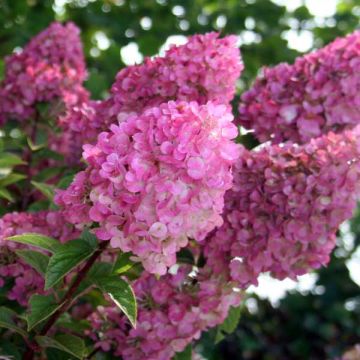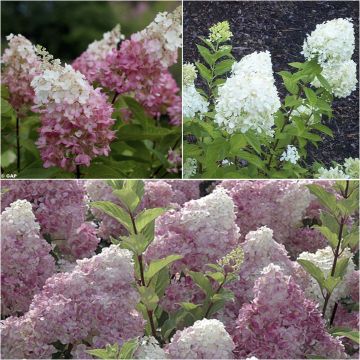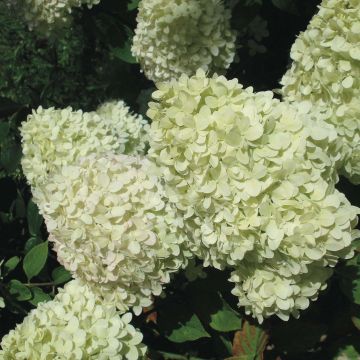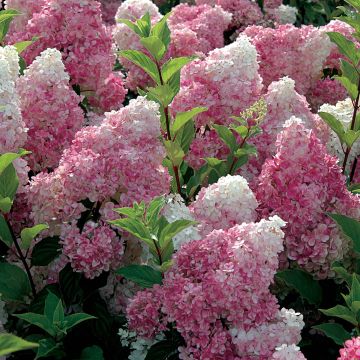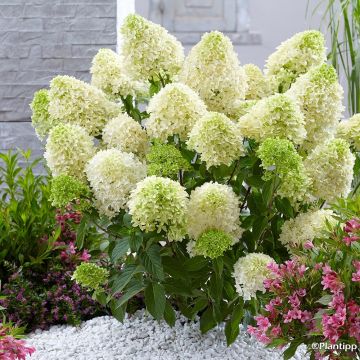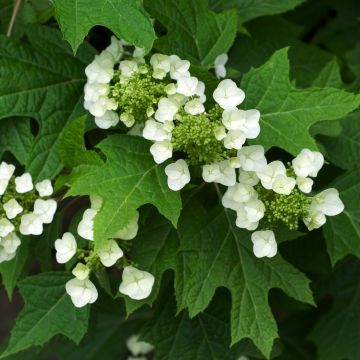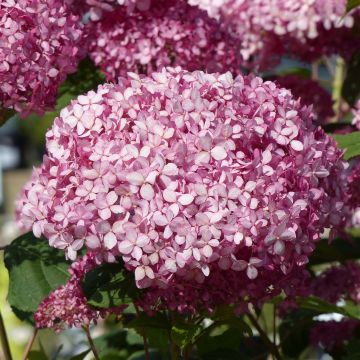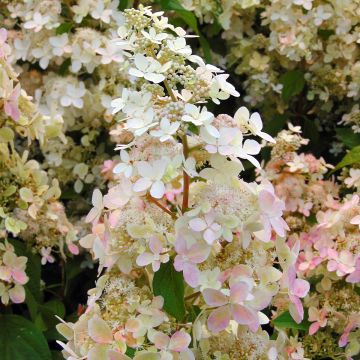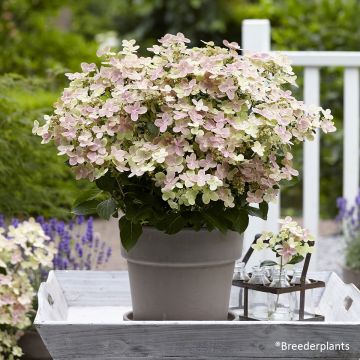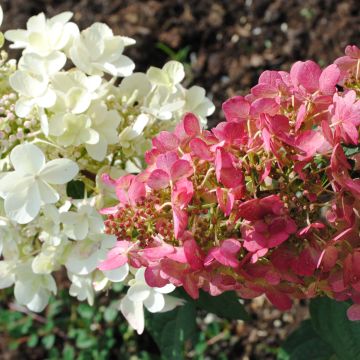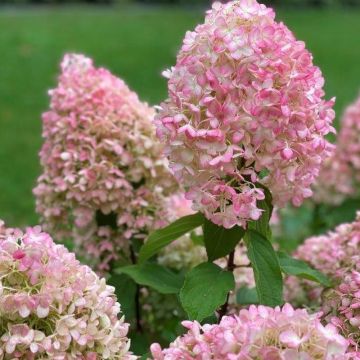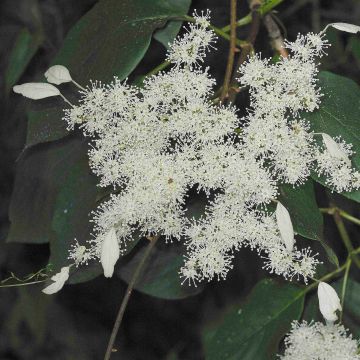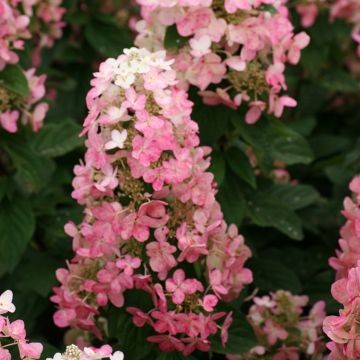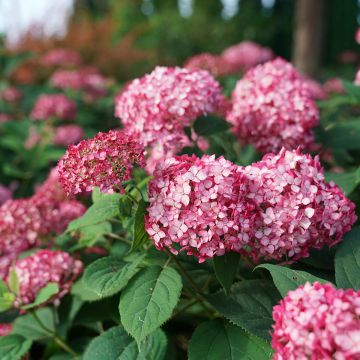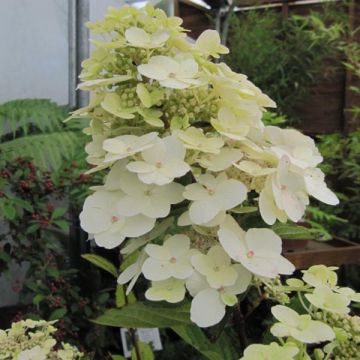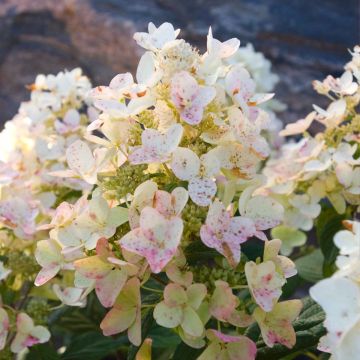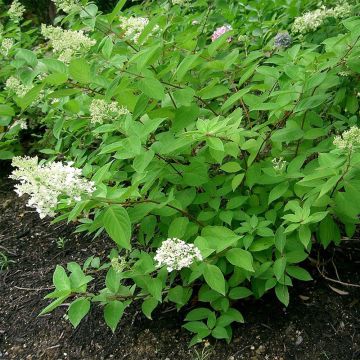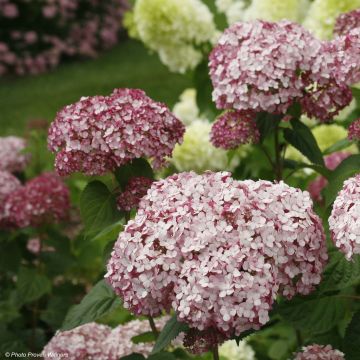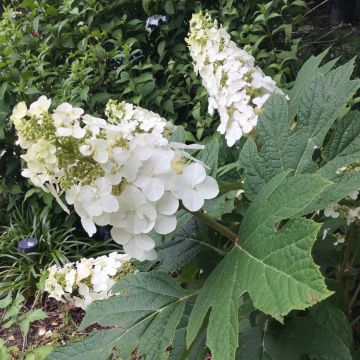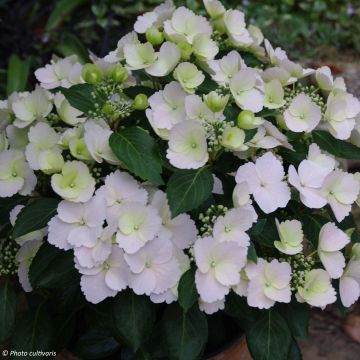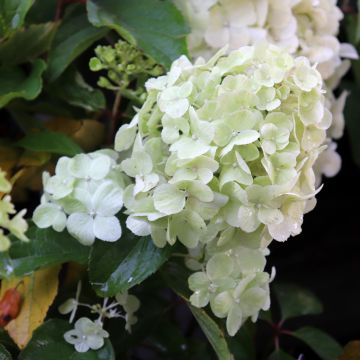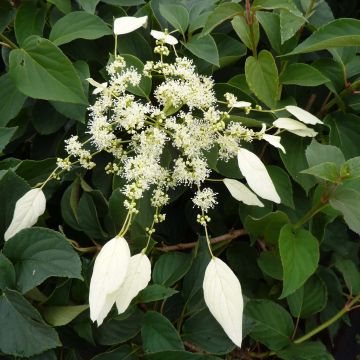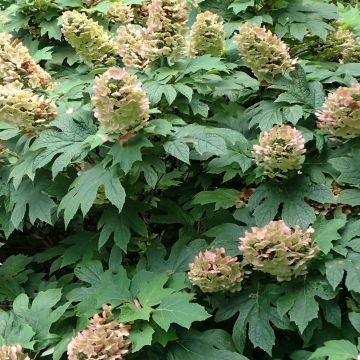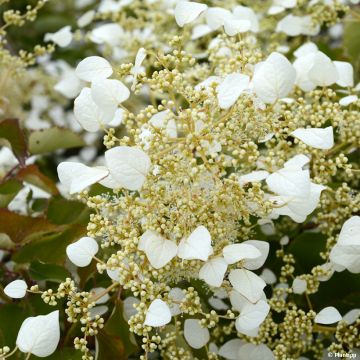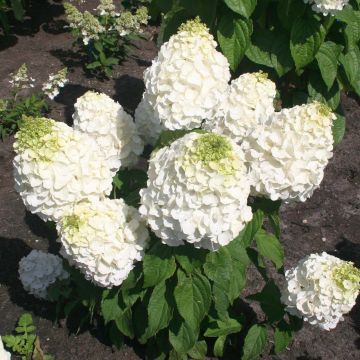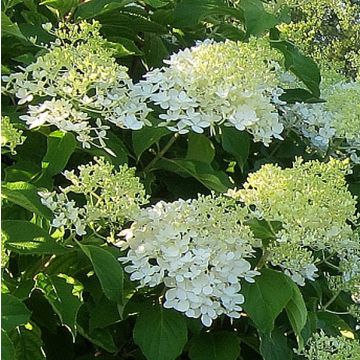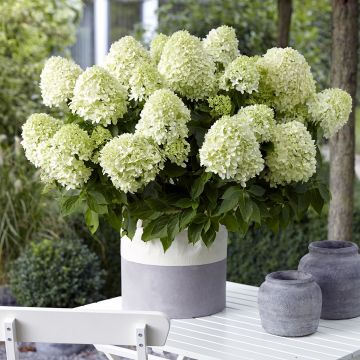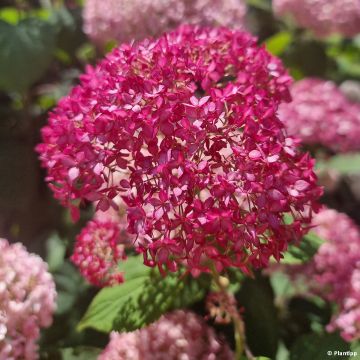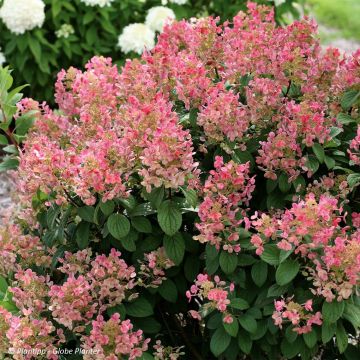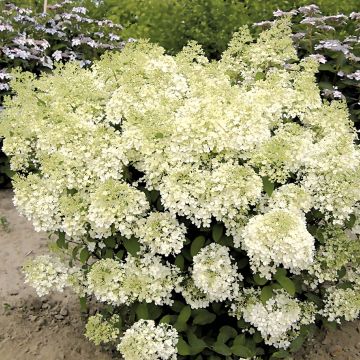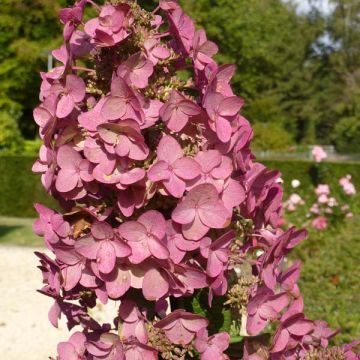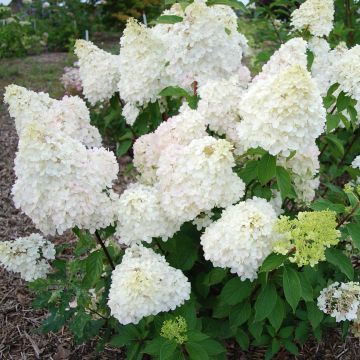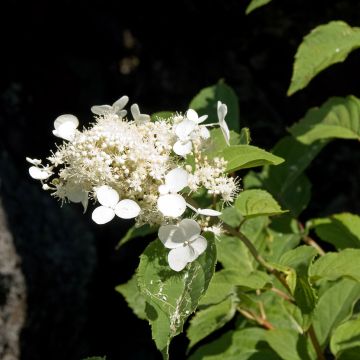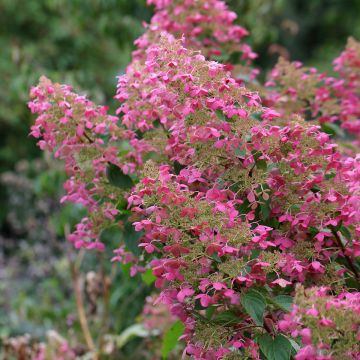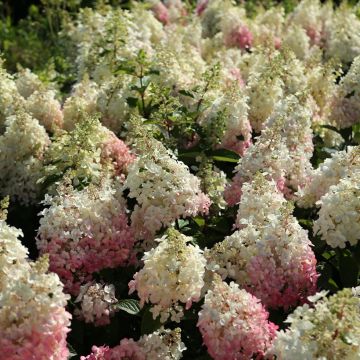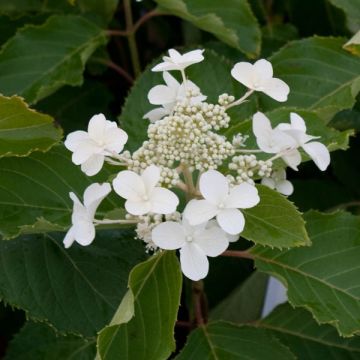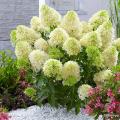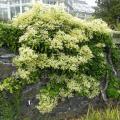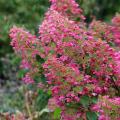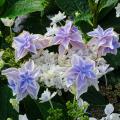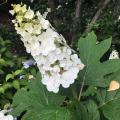Drought-resistant Hydrangea
Does this plant fit my garden? Set up your Plantfit profile →
Available in 5 sizes
Available in 2 sizes
Available in 2 sizes
Available in 4 sizes
Available in 1 sizes
Available in 6 sizes
Available in 3 sizes
Available in 2 sizes
Available in 2 sizes
Available in 2 sizes
Available in 1 sizes
Available in 3 sizes
Available in 3 sizes
Available in 2 sizes
Available in 2 sizes
Available in 1 sizes
Available in 1 sizes
Available in 1 sizes
Available in 2 sizes
Available in 1 sizes
Available in 2 sizes
Available in 2 sizes
Available in 3 sizes
Available in 3 sizes
Available in 4 sizes
Available in 2 sizes
Available in 1 sizes
Available in 2 sizes
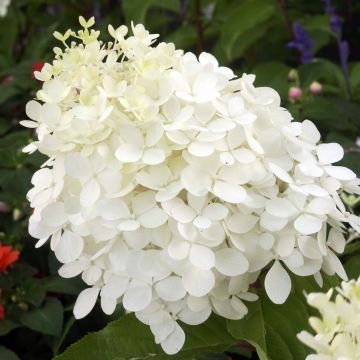
Available in 2 sizes
Available in 4 sizes
Available in 2 sizes
Available in 1 sizes
Available in 1 sizes
Available in 1 sizes
Available in 1 sizes
Available in 1 sizes
Available in 2 sizes
Available in 1 sizes
Available in 1 sizes
Available in 1 sizes
Available in 1 sizes
Available in 2 sizes
Available in 2 sizes
Available in 2 sizes
Available in 1 sizes
Available in 2 sizes
Available in 1 sizes
Available in 1 sizes
Available in 2 sizes
A selection of Hydrangeas more resistant to drought. The Hydrangea quercifolia is probably the most resistant to water shortage, once it is well rooted in deep soil. But there are other Hydrangeas, such as varieties of Hydrangea arborescens, which can rely on rainwater, even if it is quite rare in summer. These deciduous shrubs are indeed much less demanding in terms of humidity than the Hydrangea macrophylla with large round heads which glorifies oceanic shores. One can also try the Hydrangea paniculata 'Grandiflora', a large flowering bush adorned with very large white panicles turning to old pink, it is a plant that has proven itself in slightly stony and relatively dry soils in summer. The H. heteromalla and its variety 'Bretscheiderii' are Himalayan and Chinese shrubs found in clear, rocky and rather dry undergrowth in summer. Less known, the Hydrangea strigosa is a 1.50 m (5ft) bush, undemanding, which offers flat and light flowers, lilac and white pink, at the end of summer. Many varieties of oakleaf hydrangeas or paniculate hydrangeas, like 'Fraise Melba', resist well to the sun and occasionally dry soils in summer. You will find them on these pages.
As always, drought resistance depends on several factors: age of the hydrangea, quality of its rooting, depth of the soil it is planted in, sheltered exposure to the sun during the hottest hours, mulching at its base.
Haven't found what you were looking for?







































